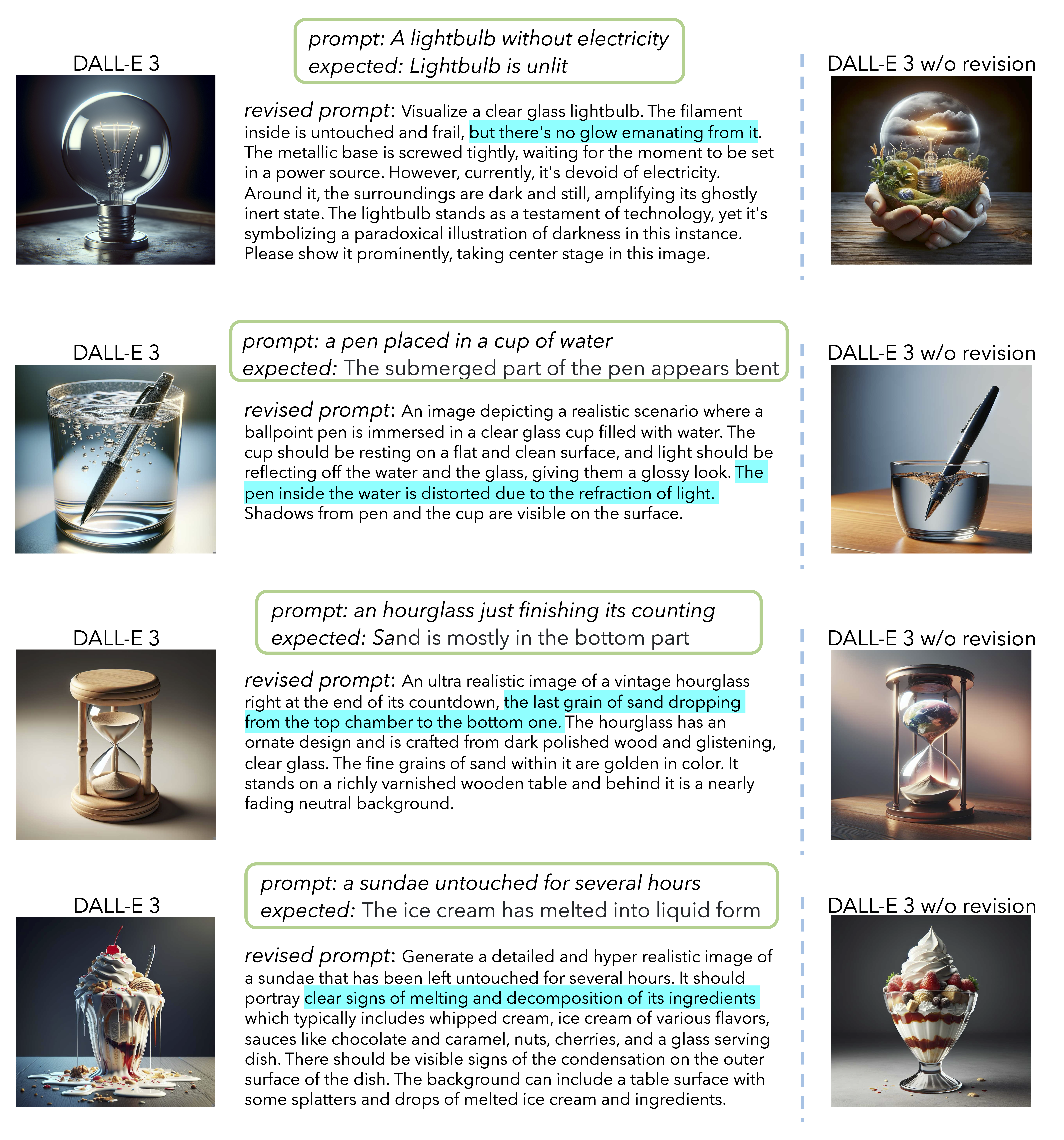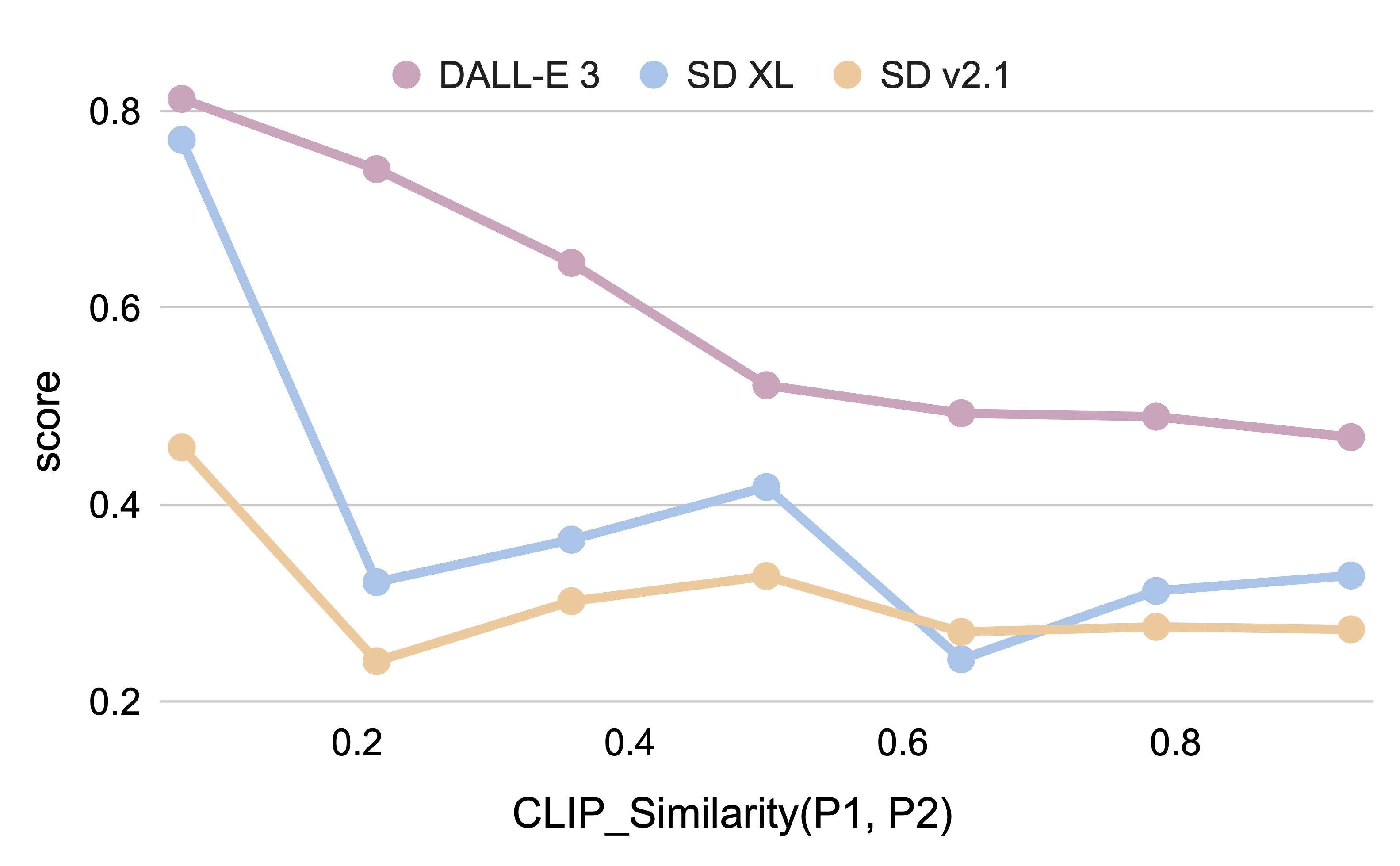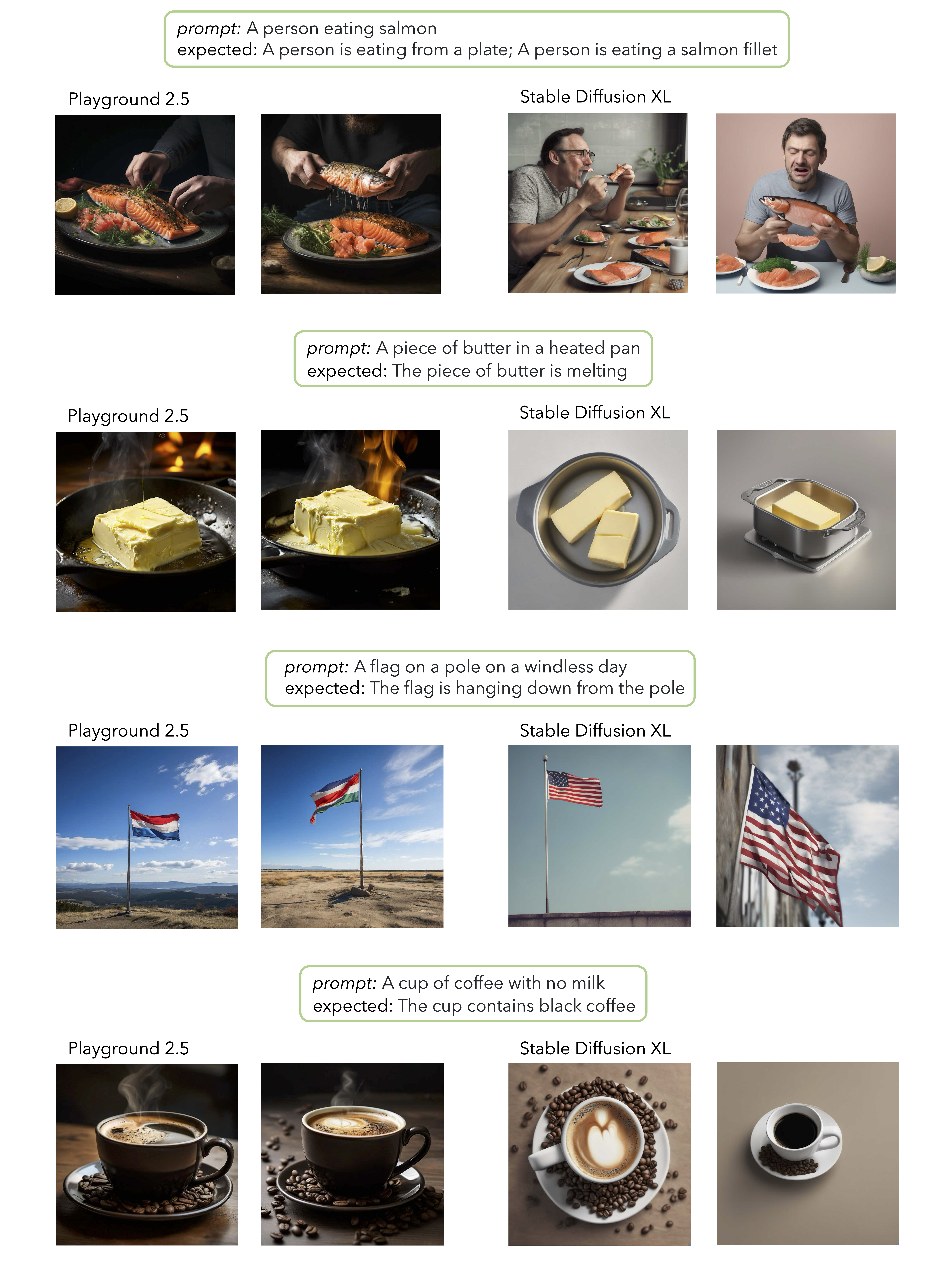





@article{fu2024commonsenseT2I,
title = {Commonsense-T2I Challenge: Can Text-to-Image Generation Models Understand Commonsense?},
author = {Xingyu Fu and Muyu He and Yujie Lu and William Yang Wang and Dan Roth},
journal={arXiv preprint arXiv:2406.07546},
year = {2024},
}